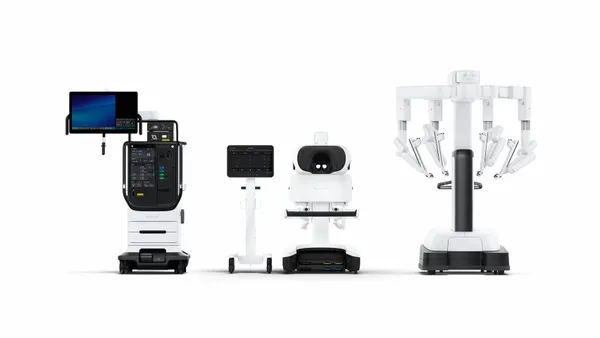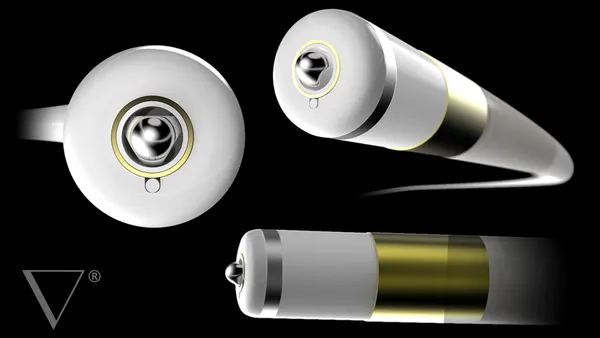Dive Brief:
- Medical device trade association AdvaMed wrote to the White House to warn against actions that could cause the closure of ethylene oxide (EtO) sterilization facilities.
- With the Environmental Protection Agency (EPA) completing its proposed regulation, the trade group said it asked President Joe Biden to consider the potential threat to patient care if facilities are shut down.
- AdvaMed has asked the EPA “to embrace technology-neutral solutions to meet new emissions targets” and to consider background levels of EtO in ambient air when evaluating the impact of the medical device industry on the environment.
Dive Insight:
While AdvaMed welcomed the updated regulation, it identified several areas of concern in its letter to the White House. Scott Whitaker, president and CEO of the trade group, used the letter to outline how more stringent requirements could stop medical devices from reaching patients.
“With 20 billion medical devices sterilized using EtO each year in the U.S. at about only 100 facilities, the closure of even a small percentage of facilities could harm patient access to health care. EtO sterilization is at capacity. With 80% of surgical kits alone sterilized using EtO, any shutdown-induced disruption could reverberate from screening to the operating room to post-operative care,” Whitaker wrote.
Recent history shows that a single site closure can affect supply. When Sterigenics’ plant in Illinois closed amid environmental concerns, Smiths Medical suffered a temporary shortage of a tracheostomy tube.
AdvaMed wants the EPA to reduce the risk of closures by being open to different ways of meeting the EtO targets. Noting that “multiple technologies could be necessary to achieve regulatory goals,” the trade group warned against “methods that are too prescriptive” and “foreclose options that would keep the facilities open and operating safely.”
Whitaker’s final point questions the role his industry plays in EtO emissions, noting that sterilization of the medical device accounts for 0.5% of commercially produced gas. The EPA itself states that it “is not yet certain about exact background EtO levels due to uncertainty with current measurement methods.”













